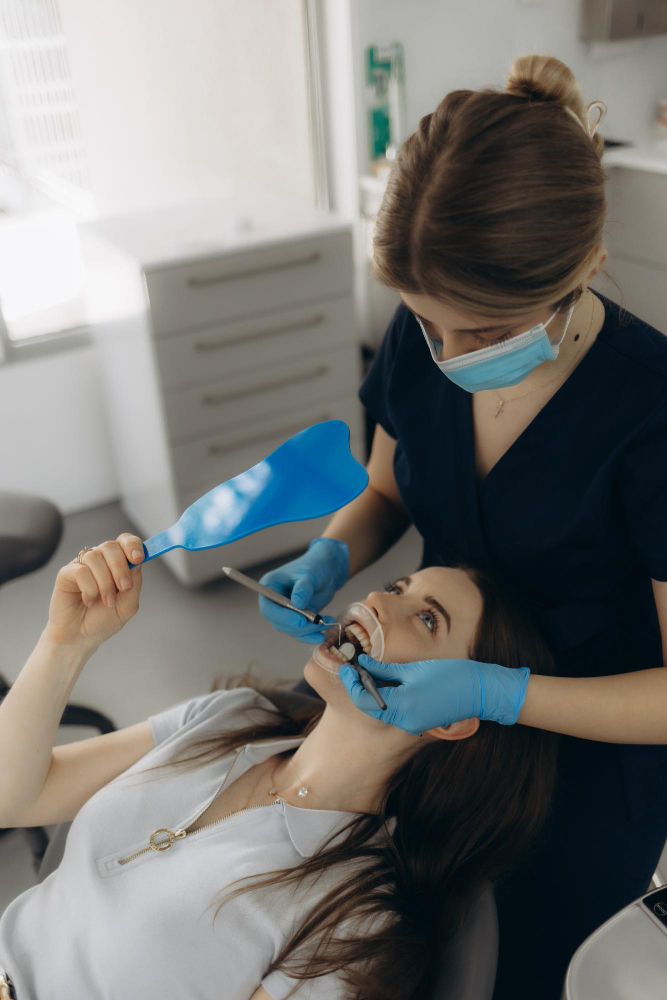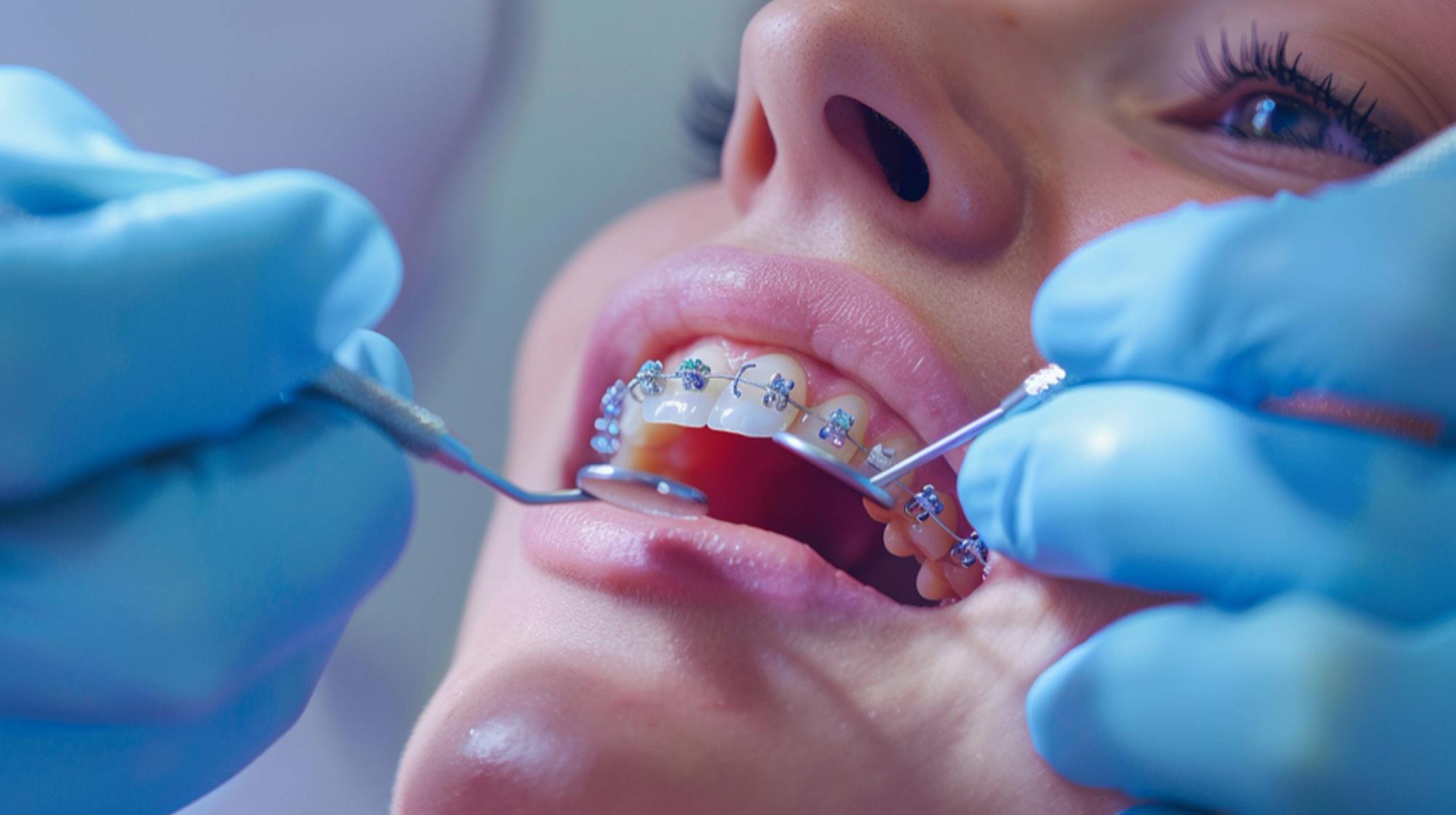
When teeth do not align properly, excessive pressure may affect certain teeth, joints, or muscles, leading to discomfort, grinding, or even headaches. Bite adjustment gently modifies the tooth surfaces to ensure that the upper and lower teeth meet evenly.
Our specialists use precise evaluation tools, including digital occlusal scanners, to identify high-pressure points and design a custom treatment plan. The procedure may involve minor reshaping of tooth surfaces or occlusal splints to optimize bite alignment. The result is improved comfort, prevention of wear, and protection against future dental problems.

1
2
3
Duration:
Number of Sessions:
Recovery / Downtime:
Pain Level:
Pre-Treatment:
Post-Treatment:
Immediately after bite adjustment, patients experience improved comfort, smoother chewing, and reduced jaw strain. Long-term, bite alignment protects teeth from uneven wear, reduces risk of fractures, and alleviates headaches or TMJ tension.
• Severe untreated dental decay or infection
• Active periodontal disease affecting bite stability
• Certain systemic conditions requiring medical clearance
• Number of teeth involved
• Need for digital occlusal scanning or splints
• Combination with restorative treatments




